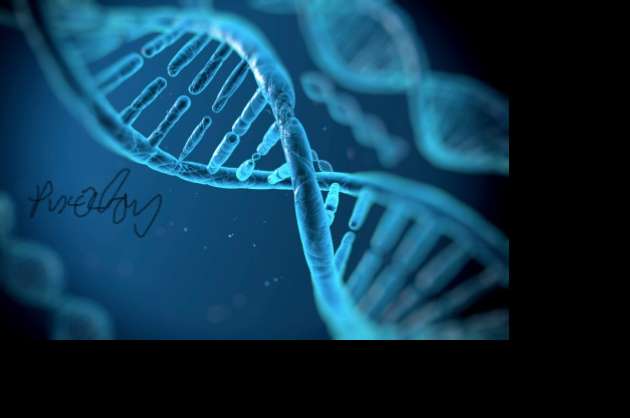Anupama Nair
Have you ever wondered why life on earth is very diverse, from single-celled protozoans to complex multi-cellular plants and animals and finally homo sapiens or man? However, at the molecular level, all life is fundamentally made up of the same building blocks called DNA and RNA. Deoxyribonucleic acid (DNA) and ribonucleic acid (RNA) are perhaps the most important molecules in cell biology, responsible for the storage and reading of genetic information that underpins all life. Both are linear polymers, containing of sugars, phosphates and bases, however, there are some key differences which separate the two. These distinctions enable the two molecules to work together and fulfil the essential roles.
DNA encrypts all genetic information, and is the blueprint from which all biological life is created. However, this is only in the short-term and in the long-term, “DNA is a storage device, a biological flash drive that allows the blueprint of life to be passed between generations. RNA functions as the reader that decodes this flash drive. This reading process is multi-step and there are specialized RNAs for each of these steps”.
Both DNA and RNA are built with a sugar backbone, however, the sugar in DNA is called deoxyribose and the sugar in RNA is called simply ribose. “The ‘deoxy’ prefix denotes that, whilst RNA has two hydroxyl (-OH) groups attached to its carbon backbone, DNA has only one, and has a lone hydrogen atom attached instead. RNA’s extra hydroxyl group proves useful in the process of converting genetic code into mRNAs that can be made into proteins, whilst the deoxyribose sugar gives DNA more stability”.
DNA occurred inside the nucleus of cell and some cell organelles but in plants, it is present in mitochondria and plant cell. It is a double-stranded molecule consisting of a long chain of nucleotides. It stored and transferred genetic information to generate new cells and organisms. It had two nucleotide strands consisting of phosphate group, five carbon sugar and four nitrogen bases. Nitrogen base pairs in DNA were Adenine links to Thymine (A-T) and Cytosine links to Guanine (C-G). DNA is self-replicating. The DNA helix geometry was in the form of B and can be damaged by exposure of ultra-violet rays. It occurred in the form of chromosomes or chromatin fibers. The life of DNA is long.
RNA is found in cytoplasm of the cell but very little is found inside the nucleus. It was single-strand helix having shorter chains of nucleotides. It was used to transfer genetic code from nucleus to the ribosomes to make proteins and carried the guidelines of DNA blueprints. It is single-stranded consisting of phosphate group, five carbon sugar and four nitrogen bases. Here nitrogen base pairs are Adenine links to Uracil (A-U) and Cytosine links to Guanine (C-G). It is synthesized from DNA whenever needed. The RNA helix geometry is in the form of A. It is more resistant to damage by ultra-violet rays. Its life is short. Some RNA’s have very shorter life but some have longer but in all its life is short.
So, the RNA and DNA are the basis of all life on earth.




























